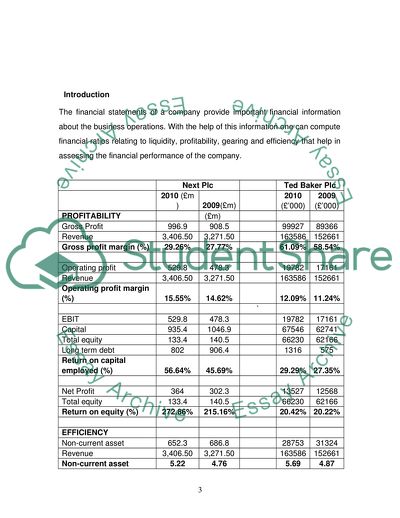Cite this document
(Interpretation of Financial Statements: Next Plc and Ted Baker Plc Case Study - 1, n.d.)
Interpretation of Financial Statements: Next Plc and Ted Baker Plc Case Study - 1. https://studentshare.org/finance-accounting/1747985-interpretation-of-financial-statements
Interpretation of Financial Statements: Next Plc and Ted Baker Plc Case Study - 1. https://studentshare.org/finance-accounting/1747985-interpretation-of-financial-statements
(Interpretation of Financial Statements: Next Plc and Ted Baker Plc Case Study - 1)
Interpretation of Financial Statements: Next Plc and Ted Baker Plc Case Study - 1. https://studentshare.org/finance-accounting/1747985-interpretation-of-financial-statements.
Interpretation of Financial Statements: Next Plc and Ted Baker Plc Case Study - 1. https://studentshare.org/finance-accounting/1747985-interpretation-of-financial-statements.
“Interpretation of Financial Statements: Next Plc and Ted Baker Plc Case Study - 1”. https://studentshare.org/finance-accounting/1747985-interpretation-of-financial-statements.


